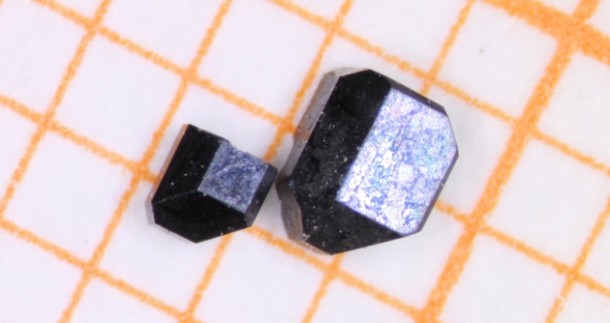Conduction and insulation are fundamental properties of materials that have been distinct in behavior from the very start. Metals and their alloys are largely conductors, and all other materials are either insulators or semiconductors. It was thought that all materials could be classified as either conductors or insulators, but this puzzling discovery of a material that can behave as a conductor and an insulator at the same time has rattled the whole belief. This discovery has the potential of being the first in an entirely new class of materials and challenging our very basic theories of metals and their bonding!
Now a small lesson in Chemistry we must give. The difference between conductors and insulators has been very distinctive in theoretical chemistry due to the stark difference in their so-called band gap. It is the energy required by electrons of a material to start flowing freely through the crystal lattice and conduct electricity. Conductors have very little energy band gaps while insulators have relatively bigger gaps that prevent normal voltages from flowing.
This atomic band theory has been questioned by the discovery of these new topological insulators. Their conductivity has been found to depend on the location of electrons in the material. Due to its peculiar property, the bulk of the material doesn’t conduct electricity, but the surface does so!
The material that was found to exhibit such strange properties was Samarium Hexaboride. SmB6 is its chemical formula, and it acted as a conductor and insulator at the same time. It has been classified as a Kondo insulator. It has a very narrow band gap (around mev) that makes it behave like a conductor at room temperature, but at very low temperatures of 50K, some complex and peculiar interactions between its electrons lead it to becoming an insulator. This material is well understood by material engineers.
The material behaves further strangely when the Fermi surface (An abstract boundary at the surface to predict the properties of materials) was analyzed, and it was found to be coherent with the properties of good conductors. But, while measuring the electrical resistance of the compound suggested that the material was an insulator as a whole. In another test when the material was cooled and approached absolute zero, the quantum oscillations again increase. This type of behavior isn’t seen in any metal at all.
Scientists and researchers haven’t even begun to explain the reason behind this odd behavior. Some of them believe that it is an entirely new class of materials different from conductors and insulators alike. There is an alternative explanation that is even more bizarre. It says that the material’s structure is in between conductors and insulators. Therefore, it fluctuates between the two distinct properties. The material targets the conventional theory of how metals behave and we may have to come up with a new one.
The curious results from the Samarium Hexnaboride’s testing were published here.



